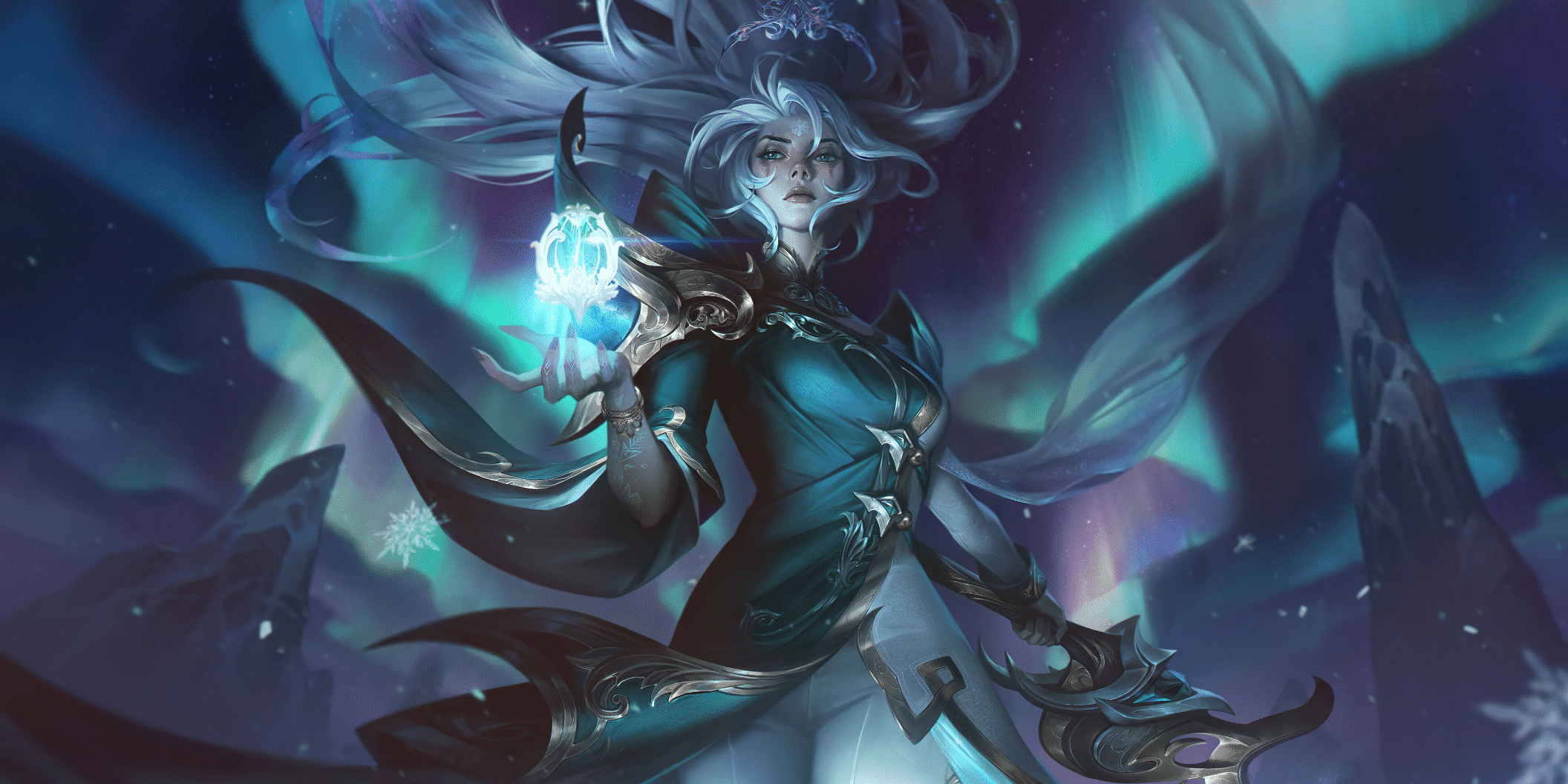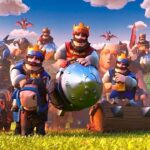Warding Guide Key Takeaways
- You can place crucial wards by abusing some weird ward + wall mechanics
- Riot have introduced warding indicators, making this even easier now
- There are still some wards where you are going to need to know exactly where to stand and where to click, like river to tribush
- Easily learnable using the practice tool
Warding over walls is not very intuitive, and you can place them further than you would expect, but they are difficult to place at specific spots. Recently Riot introduced ward placement indicators that makes this much easier. But to place down certain wards quickly, you still need to know where to stand and where to place it.
These wards can be a crucial addition to your macro game and will undoubtedly help you climb in solo queue as they will help you against ganks and steals.
If you are looking for stiffer competition to play against, check out our zleague app for tournaments or finding players to play with.
Sidelane Ward to River Bush
This ward has typically been done in the little nook, but you can place it as far back as the crack in the wall, this lineup is easy to do now with indicators . Make sure the camera is centered and put the indicator along the edge of the fir a bit above the triangle fir under the triangle rock (that’s a mouthful). You can do the lineup a bit back from the specific spot and you will walk up and place it.
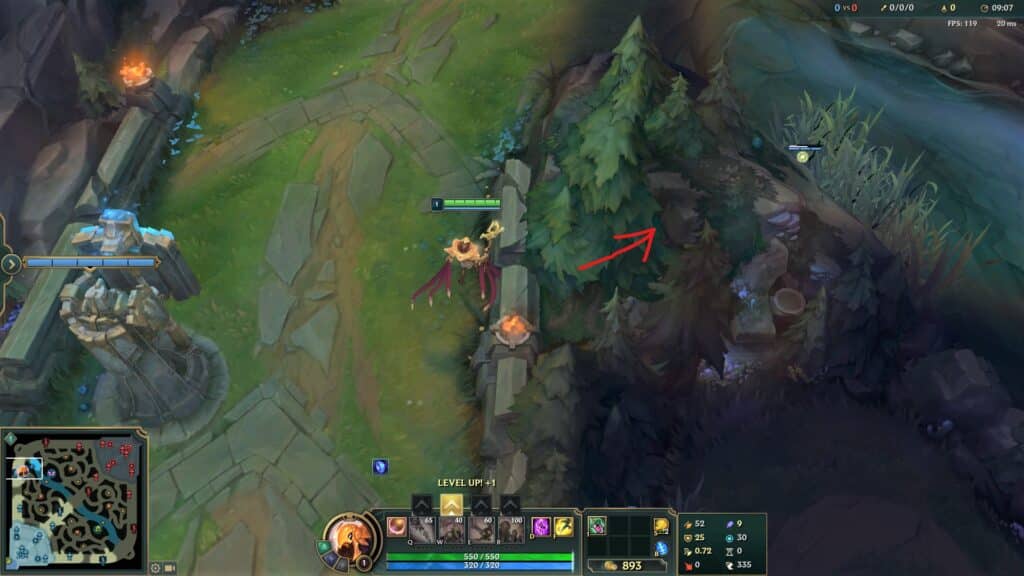
The same ward on the bot side is an easier one, you just need to place it on the edge straight above the rock in the waterfall. It’s easy to line it up even before you are in range and you will walk to it.
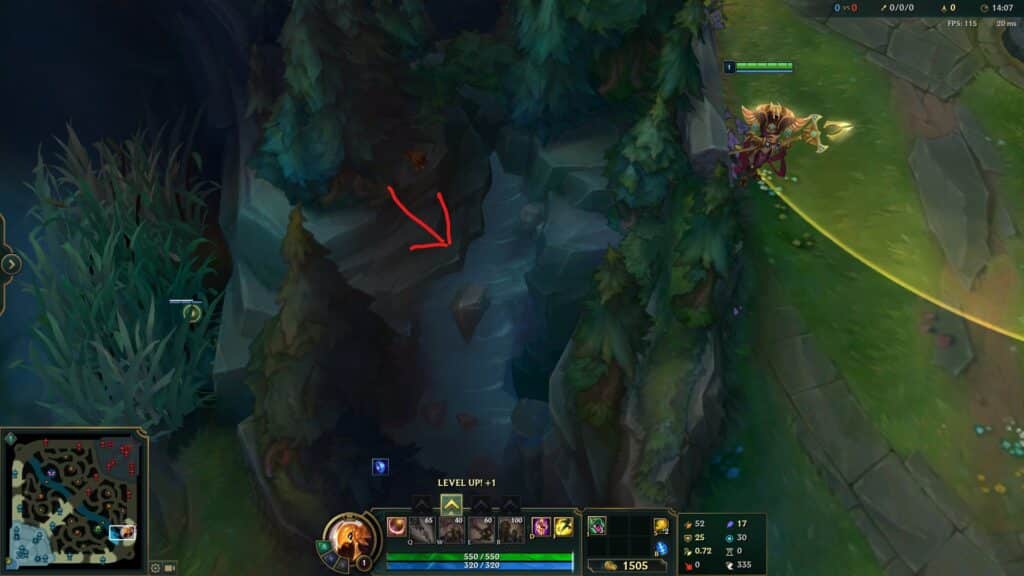
From objective pits to tribush
For the baron one, there are many different ways you can put this ward down, but one of the quickest and easiest is to stand by the shield and the pillar and place it in the general area of the intersection between the pillar, fir, runestone and leaves. If you just place it on the fir in that area, you won’t miss the bush. And even if you are placing it from a bit out of the wall, you will walk up.
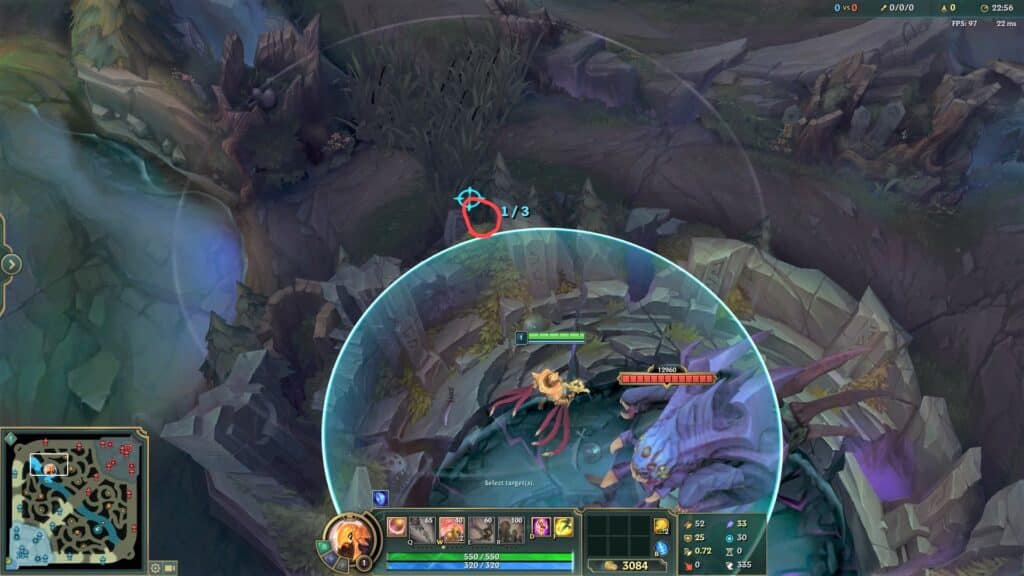
The same ward on the dragon side is easier. Just stand by the waterfall and click on the rock between the two firs. Even easier is to just to click on the snail on the rock if you can see him.

From objective pits to normal bush
Both these wards are essentially the same, in the baron pit you want to stand in the little nook behind the rock and you want to click a bit out of the edge of the circle but not too far. Basically the area between the edge of your circle and the point where the indicator becomes green. If it’s within the circle or on the edge , it risks being placed outside of the bush, if it’s green you will walk around. So basically find the edge and move outside of it towards the bush and place it at the spot just before the indicator becomes green.
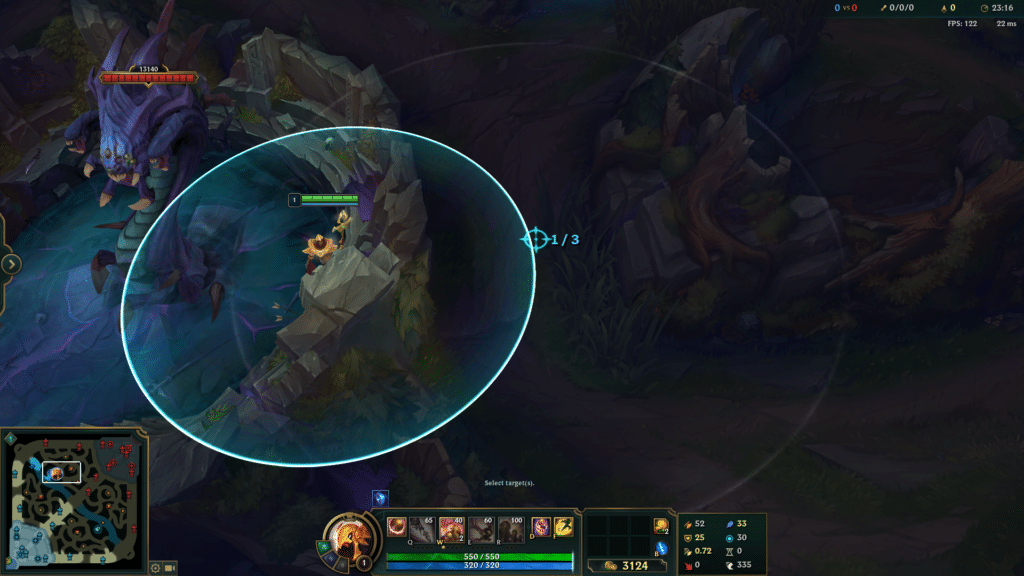
For the same ward in the dragon pit — here you want to stand next to the little pillar edge and do the placement the same way as in the baron pit.
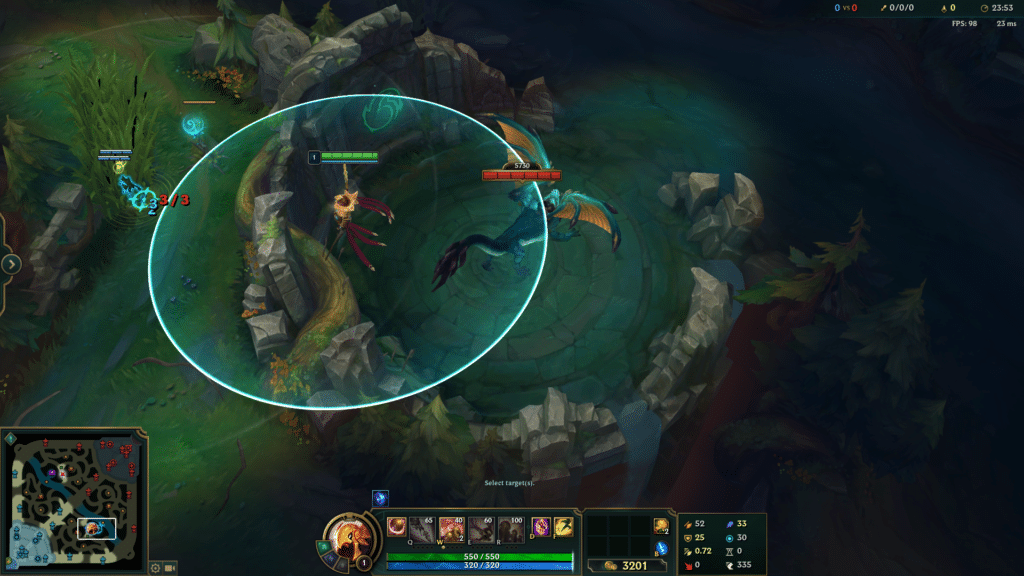
The most unforgiving ward is the one from river to red side tribush — where you have to stand on a very particular spot in the wall and put the ward at a specific spot. You move into the little nook that’s exactly where the little markings are in the wall and you place it between two of the small rocks or on the top side of the bottom rock outside of the tribush. They are not easy to see quickly and I’ll admit I’ve never learned to consistently place this one in fog of war. Luckily this ward is pretty niche and is mainly useful against Junglers with jumps and Hexflash when you push up on blue side.
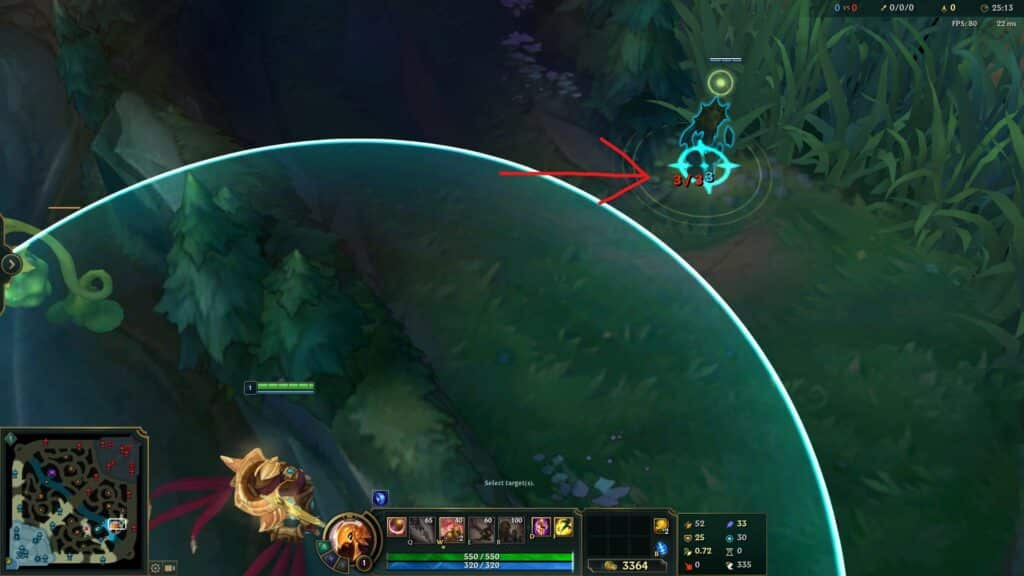
We are not aware if you can do this ward on the opposite side — nevertheless, it is not particularly useful.
The easiest way to learn these is to do them a couple of times in the practice too. Try to do them a bit quicker so they become more intuitive. Some are much more difficult than others and require a more intuitive feel to be consistently done in a match.
